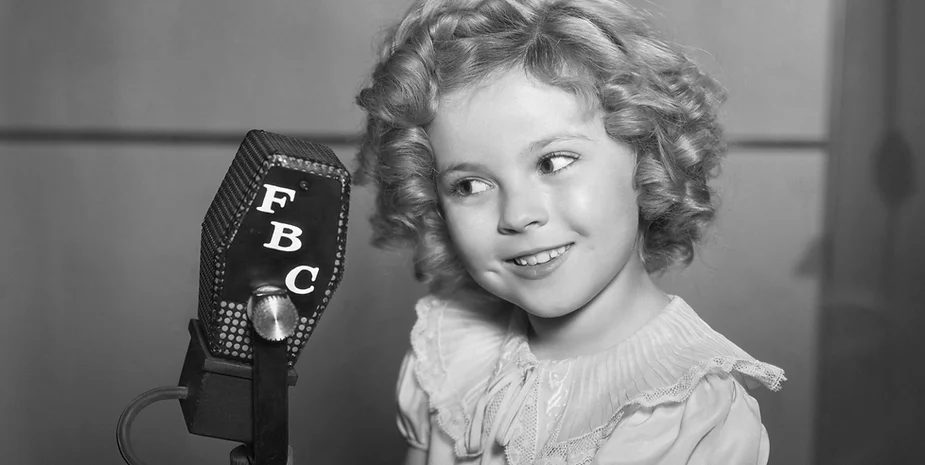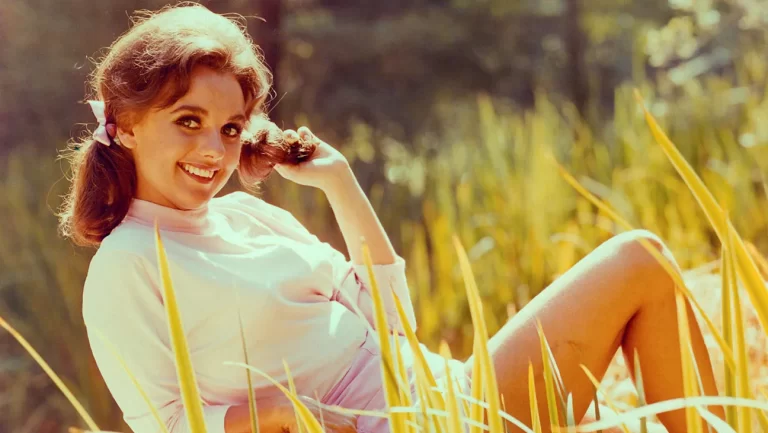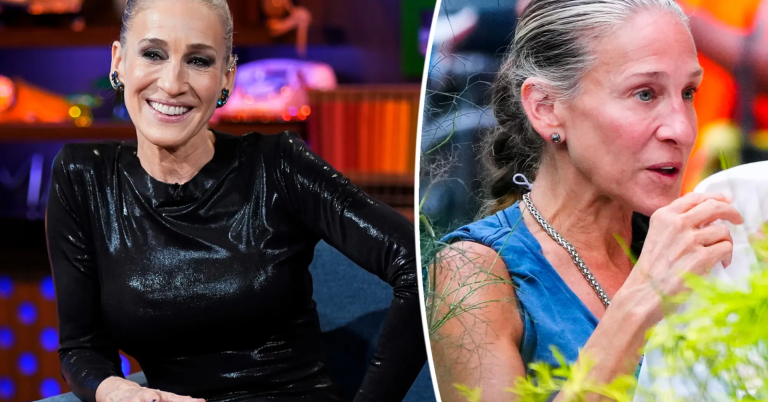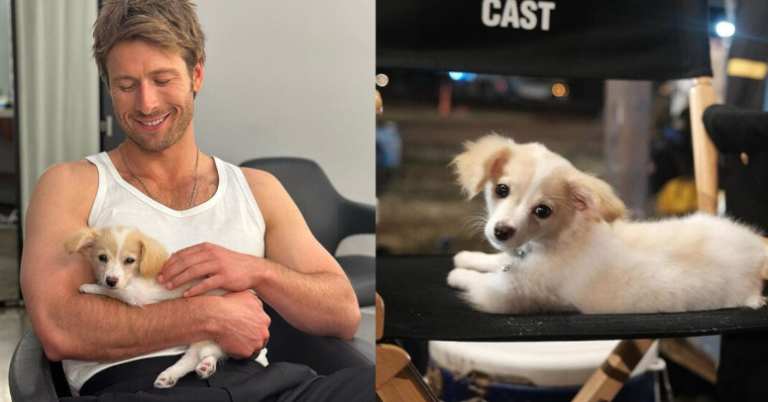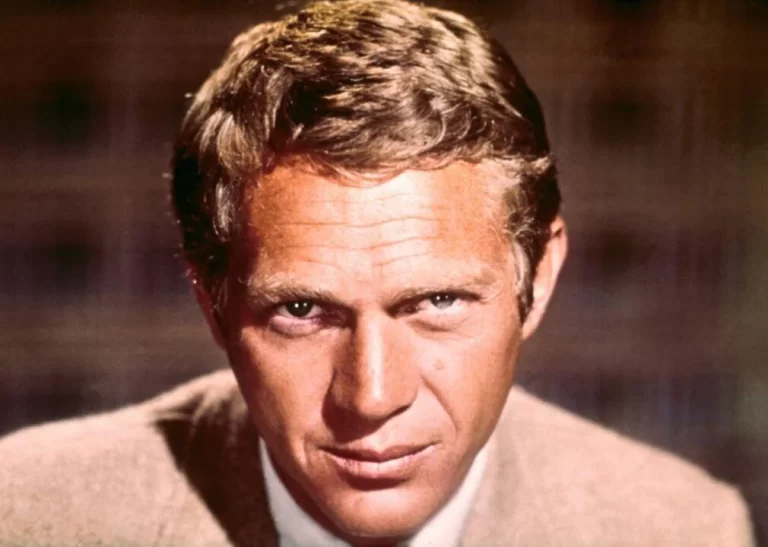The Sinister, Untold History of Shirley Temple
This year, Netflix released Blonde, a Marilyn Monroe biopic directed by Andrew Dominik, starring Ana de Armas. From its debut on the festival circuit, the film sparked conversations about Monroe’s mistreatment in Hollywood and her iconic yet tragic legacy. All this focus on old Hollywood’s leading ladies got me thinking about another famous star—one whose name everyone knows, though her story remains less familiar. I’m talking about Shirley Jane Temple.
Everyone recognizes the name Shirley Temple—whether it’s the iconic child star or the classic cherry-flavored mocktail. Shirley Jane Temple was born in Santa Monica, California, on April 23, 1928, to a homemaker and a bank employee. At just three years old, her mother, Gertrude, enrolled her in Meglin’s Dance School in Los Angeles, where she was soon discovered by casting director Charles Lamont from the now-defunct Educational Pictures studio. In 1932, the studio launched Baby Burlesks, a series where preschool-aged children acted out spoofs of famous movies and news events. Shirley quickly stood out as the star. By the time she was three, she had already appeared in her first feature film, The Red-Haired Alibi. Her big break came in 1934 with Stand Up and Cheer!, and later that year, she starred in Bright Eyes, a movie written specifically for her. By year’s end, she had appeared in ten films, four of them in lead roles. Between 1932 and 1949, Shirley Temple starred in over forty films for major studios, including RKO, Warner Brothers, Fox, MGM, Paramount, and Universal. From 1935 to 1938, she was the top box-office star in the world, even surpassing Clark Gable.
Yet despite her fame, most people today can’t easily name her movies. There’s a reason for that: many of her films haven’t aged well. From her first credited role in War Babies, a Baby Burlesks film where she played a child version of a character named Charmaine, the industry often cast Shirley in unsettling roles. In Bright Eyes, for example, she sings “On the Good Ship Lollipop” while dressed in a short babydoll dress and surrounded by an ensemble of adult men. In Poor Little Rich Girl (1936), scenes involve similar interactions, making the film a striking example of how early Hollywood often exploited its youngest star.
With Shirley Temple’s rise, audiences worldwide were unknowingly exposed to an industry that, behind the glamour, had a dark side of exploitation. Unfortunately, the problem only deepened with the arrival of these films in home media, where troubling themes were easily accessible and less scrutinized.
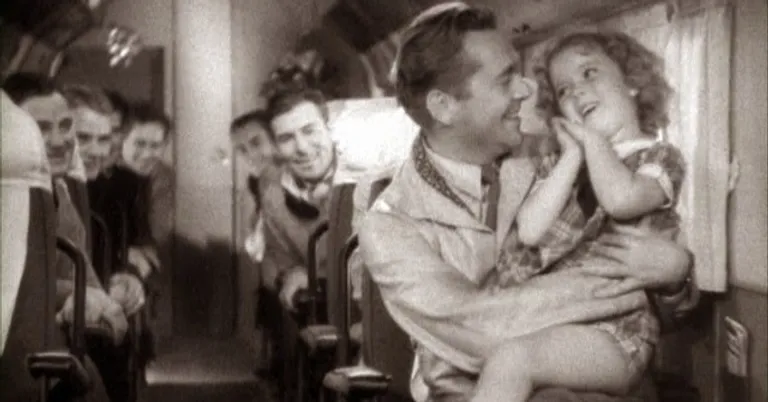
Shirley Temple, the beloved child star of Hollywood, faced a dark reality behind her innocent on-screen persona. While her films may have portrayed a whimsical world, the truth was far more sinister.
During the production of her many movies, Temple and her young co-stars endured a shocking amount of abuse, both physical and sexual. In her autobiography, she described the Baby Burlesks series as a “cynical exploitation of our childish innocence.” One particularly disturbing practice was the “punishment box,” a windowless booth where misbehaving children were forced to sit on a block of ice for extended periods.
The fast-paced, profit-driven atmosphere of Hollywood led to dangerous working conditions. Temple was often forced to work while injured, including just one day after a serious eardrum operation.
As she grew older, the abuse continued. At the age of 12, she encountered a horrifying incident with producer Arthur Freed, who exposed himself to her. Despite his actions, Freed went on to become a highly successful producer in Hollywood, highlighting the industry’s tolerance for predatory behavior.
Even as a teenager, Temple was not safe. Producer David O. Selznik attempted to assault her, but she managed to escape. Sadly, this was not the last time she would face such abuse.
Shirley Temple’s story serves as a stark reminder of the dark side of Hollywood’s golden age. While she may have been a beloved icon, her childhood was marred by exploitation and abuse.
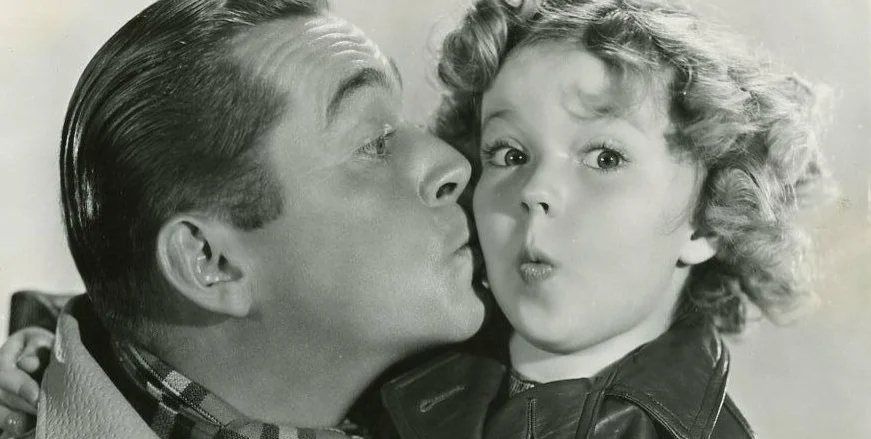
Shirley Temple also faced troubling treatment in reviews of her films. British novelist Graham Greene became one of the most infamous critics, making highly inappropriate comments about the young star. Reviewing her 1936 film Captain January, Greene wrote about her “neat and well-developed rump” during a dance sequence—a shocking remark considering she was only eight years old. In a review of the 1937 film Wee Willie Winkie, Greene went on to describe her as “wearing short kilts, she is a complete totsy… watch the way she measures a man with agile studio eyes.” Temple and Twentieth Century Fox later sued Greene for libel and won, though such comments must have affected her self-image at a young age.
Temple also endured bizarre rumors from the public. Some claimed she wasn’t really a child but a 30-year-old woman posing as one, pointing to her “stocky build” and adult-like teeth, which were actually due to a dental plate she wore to hide gaps. This rumor spread widely, to the point that the Vatican sent Father Silvio Massante to investigate the claim when she was only ten.
Another rumor alleged that her famous curls were a wig, leading strangers to pull her hair to test if it was real. In truth, her curls were maintained through an uncomfortable routine involving nightly rollers and weekly vinegar rinses that stung her eyes. This grueling process often left her wishing she really did wear a wig.
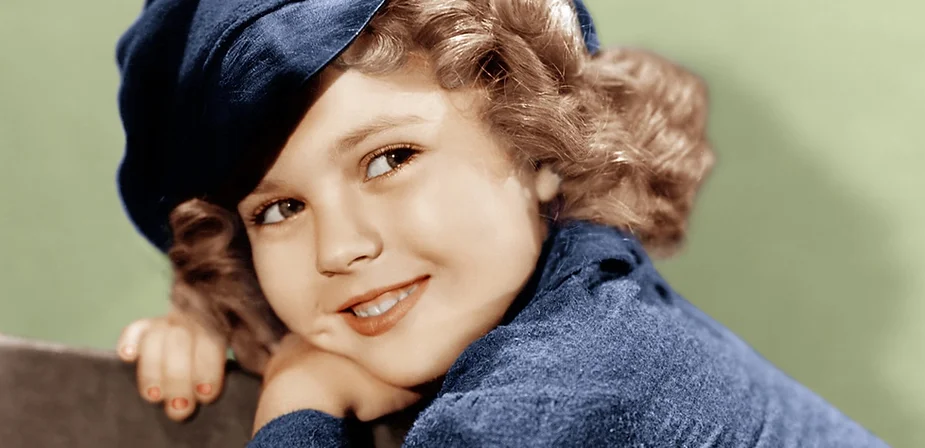
Shirley Temple officially retired from acting in 1950 at just 22. Though she starred in 29 films between ages 3 and 10, her roles dwindled to just 10 between ages 14 and 21. Transitioning to public service in 1967, Temple had a distinguished career, serving as a U.S. Ambassador to Ghana and Czechoslovakia and sitting on boards for the United Nations Association, National Wildlife Federation, Bank of America, and The Walt Disney Company. In 1998, she was honored at the Kennedy Center for her contributions to film and American culture, and her later years marked a much kinder chapter than her childhood in Hollywood.
Temple’s legacy remains significant in Hollywood history, but it’s important to acknowledge the difficult realities of her early career. Recently, Balenciaga’s controversial campaign featuring children with fetish-themed teddy bears reminded some of the time when child stars, like Temple, were subjected to troubling portrayals. Society must remain vigilant to ensure this behavior is left in the past.
No more Shirley Jane Temples.
You may also like:
Steve McQueen: How the King of Cool Met the King of Kings
Elizabeth Taylor divorced her husband 15 years before passing away, but still left him money in her will
